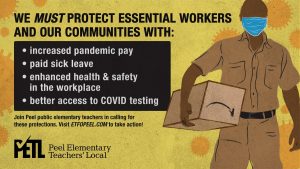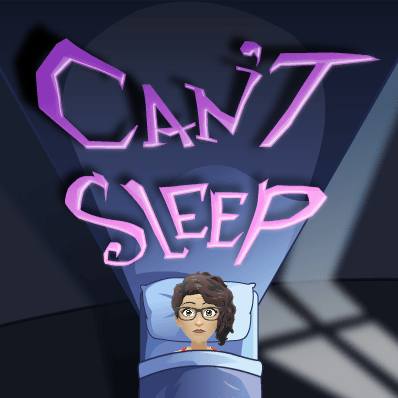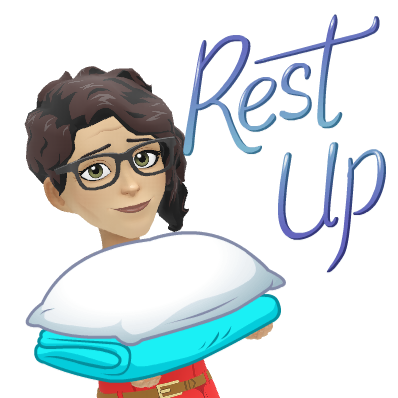Many years ago I remember watching a gratitude themed Oprah episode. There was a gratitude journal that the guest had developed and was relaying all of the benefits of writing down things that you were grateful for each day. The power of suggestion (I’m a sucker for an impulse buy for self-improvement) lead me to the nearest Chapters to purchase one of those journals that weekend. I certainly didn’t fill that journal. I think I lost interest in a couple of months because it felt as though I was writing the same thing over and over again. I realize now that gratitude, like mindfulness and meditation, is a “practice.”
Gratitude practice is most effective when life is rough. It sounds counterintuitive. It is much easier to be grateful when things are going well right? Easy to “count your blessings” when you are sitting on a beach in a resort in the Dominican Republic. I personally feel the power of the gratitude practice when life isn’t going according to plan. Though, I want to be clear here, there is a fine line between true gratitude practice and “looking on the bright side” or “finding the silver lining.” That bright-side-silver-lining thinking can border on toxic positivity which isn’t helpful.
Gratitude practice means different things to different people. For me, it is connected to daily journaling. Each night since the fall I have been writing about my day in terms of gratitude before going to bed. Some nights I might write for 5 minutes. Some nights I write for a half hour. It might read something like, “I’m grateful that we got outside for a walk, that my son felt good about his essay after all of the struggles and tears, that we were able to eat a healthy meal, for Hello Fresh being delivered to my door and for the opportunity to reach out and connect to some new teachers through professional learning today.” I try to reflect on the events of my day in terms of gratitude. I could write in my journal that the technology in my professional learning session that day was glitchy, we got off to a rocky start trying to get everyone into the WebEx room, and there were links that didn’t work even though I had tested them twice. Instead, I choose to be grateful for the connection and discussion that I had with the teachers that day. It isn’t that I ignore that bad things happen or think about how things can be improved, but ruminating on the bad things that happened during the day right before going to bed isn’t going to ensure much of a restful sleep.
In some of the professional learning opportunities that I have recently hosted with new teachers we have discussed the struggles of the current climate in the classroom. It is important to have a safe place for teachers to voice those concerns and have someone listen with compassion and empathy and ask curious questions. I will often say that there are many things that I can’t help them with, but that I am there to “embrace the suck” with them. At the conclusion of those discussions my final question is always, “What is a recent personal or professional success that you’ve experienced that you would like to share with the group?” This ends the discussion on a note of gratitude. It is SO easy to get caught up in venting and complaining about the situation in education right now. Teaching it is NOT an easy job on any given day but the difficulties have grown exponentially with the pressures that COVID has added. So when we can take a moment to remember why we continue to go to work each day, why we got into the job in the first place and what our recent wins have been, I think it brings a feeling of hope.
Sometimes I practice gratitude in a less formal way that is more like mindfulness. Recently while walking on a treed trail on a bright, sunny, winter day with my best friend, I stopped mid sentence and just looked around at the beauty. I said to my friend, “I just had to take a minute to take this in. We are so fortunate to be able to walk here.” It only took a moment. I don’t do that all of the time, we’d never get anywhere on our walks! However, remembering to do it every so often helps me to deal with stress and the bad things when they do happen. If in the moment of a stressful situation I can take a moment to breathe and practice gratitude it sometimes keeps the emotions from escalating. When conversing with someone who is frustrated and perhaps complaining or lashing out I try to remember that this person is doing the best they can at that moment and that each opportunity to interact with someone who is suffering is a chance to learn and I try to be grateful for that. Author Andrea Owen in her book, “How to Stop Feeling Like Sh*t” would call it an AFOG-another flipping opportunity for growth. When I remember to think about gratitude in a not so great moment, I might do it raised shoulders and through gritted teeth, but I keep trying. It is, after all a practice.
“If the opposite of scarcity is enough, then practicing gratitude is how we acknowledge that there’s enough and that we’re enough.” -Brene Brown


 For me as a kid, there was no better feeling than opening up a new box of 64 Crayola crayons. The big box with the flip top lid and the sharpener on the side. I can remember agonizing over which colour to pick first and being so thrilled by the perfection of the colour palette in neat rows in that box. I loved to draw and colour. I could do it for hours never lifting my attention from the page. In adulthood, I abandoned doing art for pleasure. It seemed silly for me to sit around and draw or paint for no real reason. I felt I should be doing something productive. A few years ago I began to create art again and realized how much I had missed it and how much joy it brought to my life. I create digital art now, which isn’t quite the same rush as opening a box of crayons but it is easier to share with others-like the picture above. I have recently learned about the health and wellness benefits of creating. Creating is rejuvenating, it is rest and it is soul food.
For me as a kid, there was no better feeling than opening up a new box of 64 Crayola crayons. The big box with the flip top lid and the sharpener on the side. I can remember agonizing over which colour to pick first and being so thrilled by the perfection of the colour palette in neat rows in that box. I loved to draw and colour. I could do it for hours never lifting my attention from the page. In adulthood, I abandoned doing art for pleasure. It seemed silly for me to sit around and draw or paint for no real reason. I felt I should be doing something productive. A few years ago I began to create art again and realized how much I had missed it and how much joy it brought to my life. I create digital art now, which isn’t quite the same rush as opening a box of crayons but it is easier to share with others-like the picture above. I have recently learned about the health and wellness benefits of creating. Creating is rejuvenating, it is rest and it is soul food.



